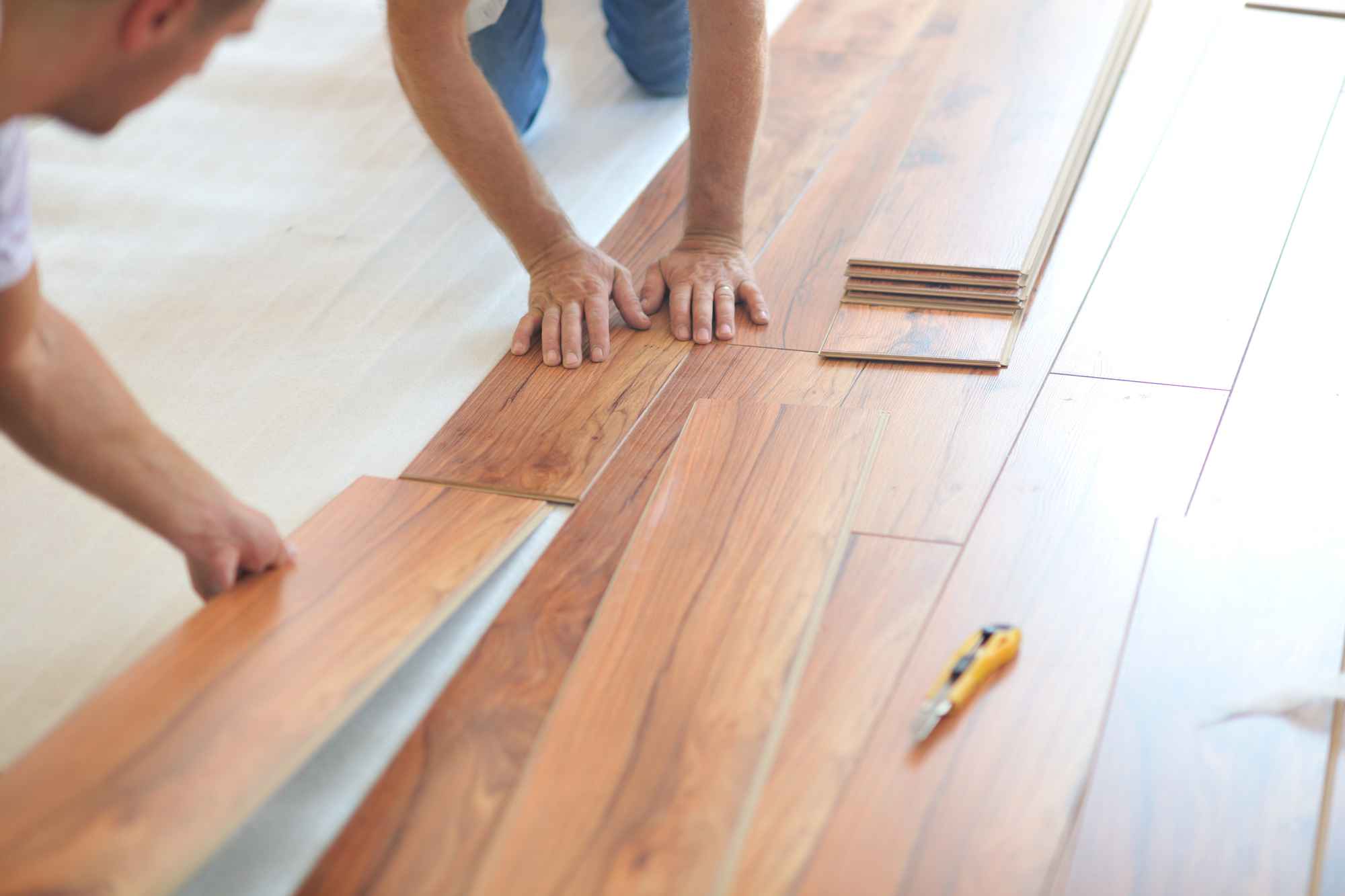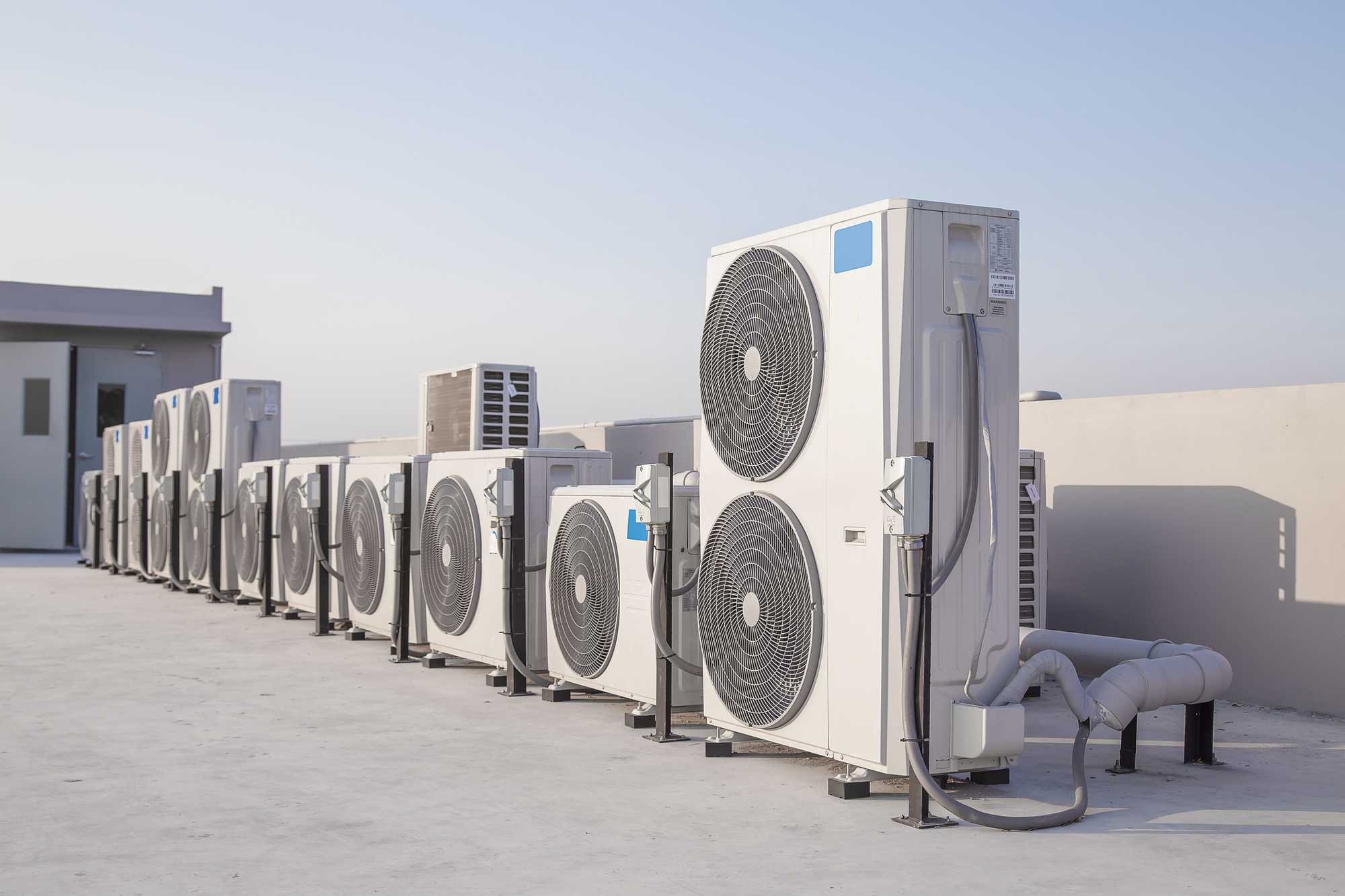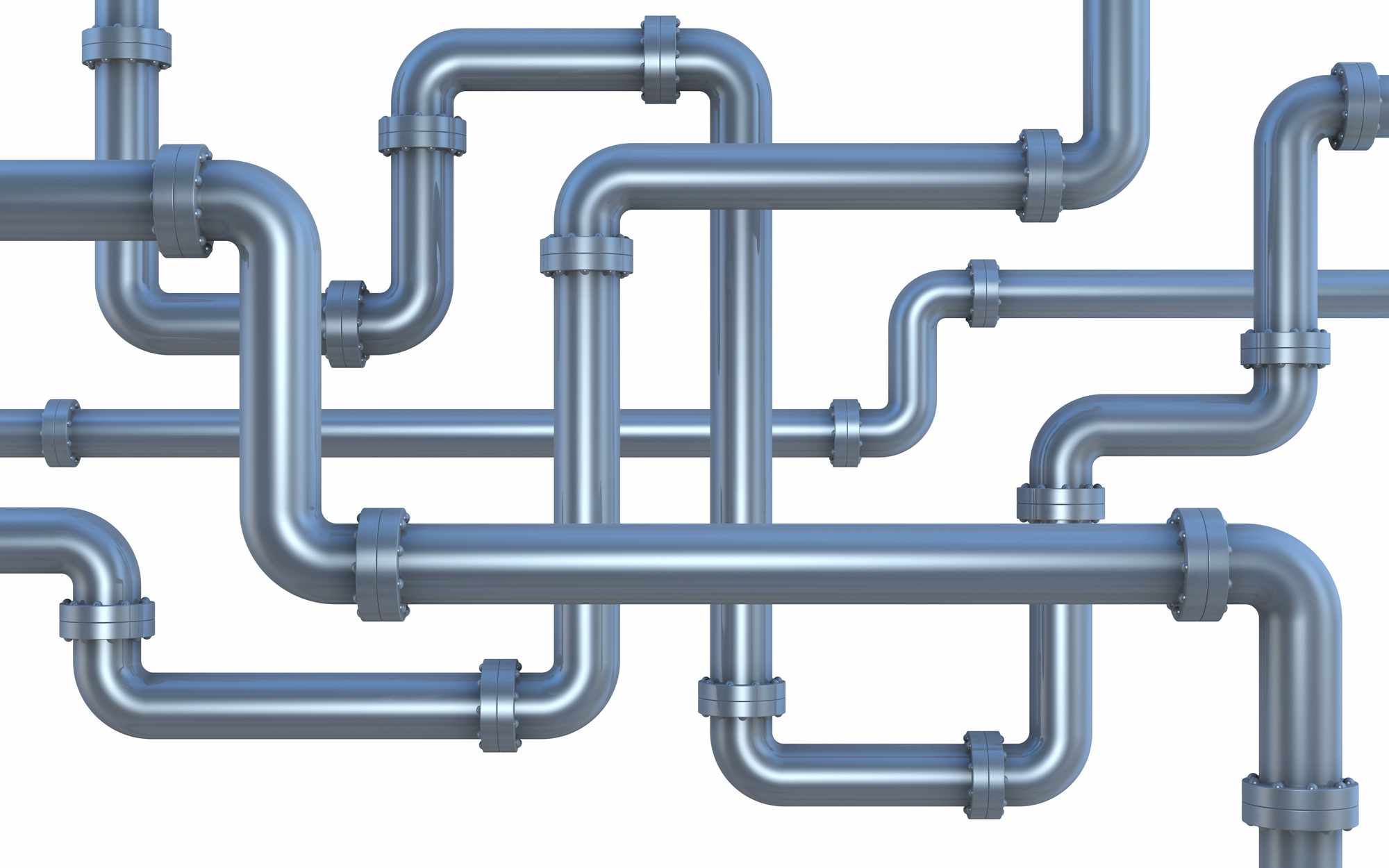The flooring industry is more than just the surfaces we walk on—it’s a massive market shaped by trends, innovation, and consumer choices. From the timeless warmth of hardwood to the affordability of laminate, the eco-friendly rise of bamboo, and the enduring popularity of carpet, flooring products are essential to how we design and experience spaces. But beyond style and function, the industry tells a compelling story through numbers.
This page dives into the key statistics shaping the flooring market today. We’ll look at trends like the impact of shifting consumer priorities on materials and pricing. By exploring these data points, you’ll gain a clear understanding of how the flooring industry is evolving and what it means for manufacturers, retailers, and buyers alike.
1. Carpet And Area Rugs Generate $12 Billion Annually In U.S. Revenue
Carpet and area rugs are major contributors to the flooring industry, generating $12 billion each year in the United States. This figure highlights the enduring popularity of soft flooring options in both residential and commercial spaces.
2. Flooring And Carpet Industry Poised For 6.1% CAGR Growth By 2028
Between 2021 and 2028, the flooring and carpet industry is projected to grow at a compound annual growth rate (CAGR) of 6.1%. This steady growth reflects increasing consumer demand and ongoing construction projects worldwide.
3. Wood And Laminate Flooring Market Reached $78 Billion In 2021
The wood and laminate flooring sector grew from $63.01 billion in 2018 to approximately $78 billion by 2021. This surge illustrates the growing appeal of durable and stylish flooring options.
4. North American Wood Flooring Market To See Modest Growth At 1.5% CAGR
From 2020 to 2027, the North American wood flooring market is expected to grow at a CAGR of 1.5%. While slower than other segments, this steady increase is tied to the region’s stable demand for hardwood flooring.
5. Carpet Installation Costs Range From $800 To $2,600 On Average
The typical cost of installing carpet in the U.S. averages around $1,700 but can range from $800 to $2,600. These variations depend on factors like the size of the space and the type of carpet chosen.
6. Global Flooring Industry Valued At $388 Billion In 2020
In 2020, the global flooring market was worth $388 billion and continues to expand. This growth is driven by rising construction and renovation activities across the globe.
7. Flooring Prices Vary Widely, From $3 To $22 Per Square Foot
Flooring costs can range between $3 and $22 per square foot, depending on the material. The price variation reflects differences in durability, style, and installation complexity.
8. Laminate Flooring Market To Reach $90 Billion By 2025
The laminate flooring market is projected to grow to nearly $90 billion by 2025. This growth aligns with its reputation as a cost-effective and versatile flooring choice.
9. Laminate Flooring Expected To Grow At 5.3% CAGR Through 2028
The laminate flooring market is on track for a CAGR of 5.3% annually from now until 2028. Its continued popularity stems from its affordability and ease of maintenance.
10. Vinyl Flooring Market Growth Projected At 7.4% CAGR
The vinyl flooring market is forecasted to grow at a CAGR of 7.4% in the coming years. This rapid growth reflects increasing consumer preference for durable, water-resistant options like luxury vinyl tile (LVT).
11. Carpet Market To Reach $74 Billion By 2026
The global carpet industry is expected to grow to $74 billion by 2026. This growth is attributed to the steady demand for both wall-to-wall carpeting and area rugs.
12. Carpet Industry To Expand At 4.6% CAGR Through 2026
The carpet industry is projected to grow at a CAGR of 4.6% from 2020 to 2026. This consistent growth highlights the enduring appeal of carpet in homes and businesses.
13. U.S. Carpet Manufacturers Shrink To Fewer Than 20 Companies
Fewer than 20 carpet manufacturers remain in the U.S., down from over 100 just 50 years ago. Mohawk and Shaw Industries now dominate, with Shaw generating $6 billion in annual revenue.
14. Carpet Leads Flooring Sales With 40.6% Revenue Share In 2022
In 2022, carpet accounted for 40.6% of the total flooring market revenue. Its affordability and comfort continue to make it a leading choice for consumers.
15. Eco-Friendly Flooring Grows At 3.3% CAGR, Holding 9% Market Share
In 2023, eco-friendly flooring made up 9% of the global market and is projected to grow at a CAGR of 3.3% through 2033. This reflects increasing demand for sustainable materials.
16. Carpet And Rug Market Sees 7% CAGR For Recycled Materials
Eco-conscious and recycled materials in carpets and rugs are gaining popularity, with a projected CAGR of 7% from 2023 to 2033. This growth aligns with consumer interest in sustainable living.
17. Luxury Vinyl Tile Sales Jump From 17% To 26% In One Year
Luxury vinyl tile (LVT) sales surged from 17% in 2022 to 26% in 2023. Its durability and versatility make it a favorite for both residential and commercial applications.
18. Flooring Industry Employed 120,900 Workers In 2022
As of 2022, the flooring industry provided jobs for 120,900 workers, including installers and finishers for carpet, wood, vinyl, and tile. Employment is expected to grow steadily in the coming years.
19. Flooring Employment To Reach 124,400 By 2032
The flooring industry is projected to employ 124,400 workers by 2032, reflecting modest growth. Continued demand for skilled labor will support renovation and construction projects.
20. Global Flooring Market To Hit $760.86 Billion By 2032
The global flooring market, valued at $335.91 billion in 2023, is expected to grow at 9.5% annually to reach $760.86 billion by 2032. This growth is driven by urbanization and rising construction demands.
21. Flooring Industry Driven By Renovation And New Construction
The flooring industry’s expansion is closely tied to residential growth and remodeling projects. Continued demand ensures a stable market outlook for years to come.
22. Flooring Industry Profits From Consistent Demand
The flooring market remains profitable thanks to its large size and steady consumer demand. Businesses in this sector continue to benefit from the industry’s resilience.
Conclusion: Understanding the Flooring Industry Through Data
The flooring industry’s growth reflects the dynamic needs of modern consumers, from evolving material preferences to sustainable practices and innovative technologies. By analyzing industry trends and market projections, businesses can make informed decisions and stay competitive in this ever-evolving sector. Whether it’s carpet, wood, laminate, or vinyl, the data underscores the importance of adaptability and a keen understanding of market demands.
At Galactic Turtle, we help businesses like yours connect with local audiences through local search engine optimization for flooring companies. If you’d like how to do your own SEO, take a look at our guide on flooring company local SEO.
If your company is looking to boost visibility and attract more customers, reach out to us to learn how we can support your goals.


